A day spent birding in Clarion County can yield a large number of species, especially from spring through early fall. From hiking the trails at Cook Forest, the North Country […]
A day spent birding in Clarion County can yield a large number of species, especially from spring through early fall. From hiking the trails at Cook Forest, the North Country Trail, driving along game land roads, kayaking on the Clarion or Allegheny, and biking along the Armstrong and Redbank Valley trail, a full day here can yield a great slice of Pennsylvania bird life all in one county.
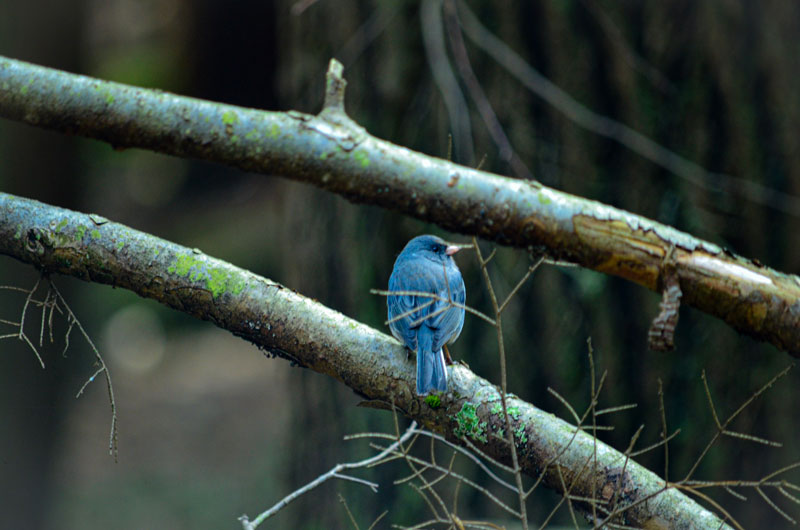
The I-80 interstate runs through the center of Clarion County, dividing it into north and south, and most residents recognize how this also seems to be a dividing line for differences in weather. Anyone spending time birding in the county will also learn that the birds here often fall into this same north/south category. Above the interstate, the county has rural farm areas and large expanses of mostly flat, Amish-owned agricultural areas, along with extensive forest along the northern border, the Clarion River, and Cook Forest in the northeast corner. Five different State Game Lands are also located north of I-80 — 63,72,74, 24 and 283 — providing a myriad of forest, field, and old orchard habitats. The large waterbody of Kahle Lake and the smaller Beaver Creek Nature Area also sit in the northwest. Below the interstate, there is a long history of strip mining, resulting in reclaimed open field areas, as well as older grasslands that have overgrown with time into shrubby fields and sparse woods. Along two of the main waterways, the Clarion River and Redbank Creek, riparian forest areas stretch along the banks from the historic village of Foxburg to Cook Forest and from Redbank to the eastern border past New Bethlehem. The beautiful Allegheny River stretches along the southwest border from Emlenton to East Brady.
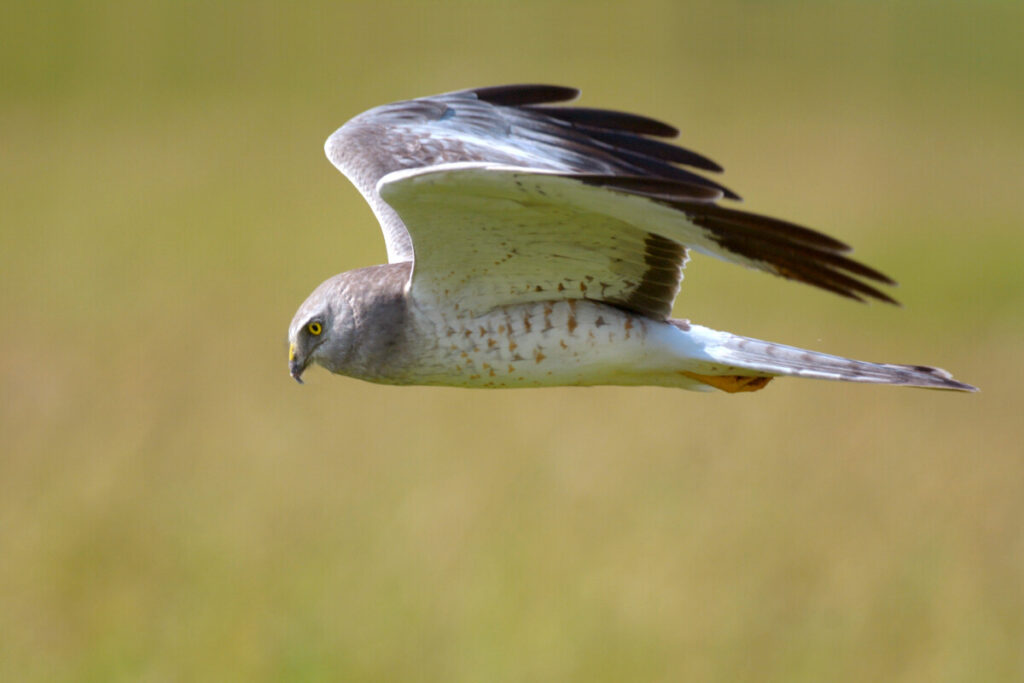
South of the interstate — the birding jewel of the county, and the site most often visited — is State Game Lands 330, near Sligo. It’s otherwise known as Piney Tract or Mount Zion by those familiar with it. This 2,254-acre area was strip mined in the 70’s and then reclaimed, and today is comprised of large grassland areas, as well as shrubby fields and scattered pine stands. It is home to species uncommon in the northeast, including Henslow’s sparrow, grasshopper, and clay-colored sparrows. On a midsummer day, bobolinks and eastern meadowlarks are singing in flight, northern harriers coursing low over the grass, and there may be an occasional sighting of rare upland sandpipers, as well as habitat specialists such as the yellow-breasted chats and pine warblers. The rarest of owls in Pennsylvania, the long-eared owl, has occasionally been found in the pine stands. In winter, raptors, such as rough-legged hawks, can be seen hunting over the fields, along with the graceful flight of short-eared owls at dusk and dawn. It’s truly a unique area that sits right on the boundary of north and south. In one visit, you can see these special birds and drive down over the hill into the remaining hemlock forests along the river to hear the delicate song of northern birds, like hermit thrush, on a summer evening.
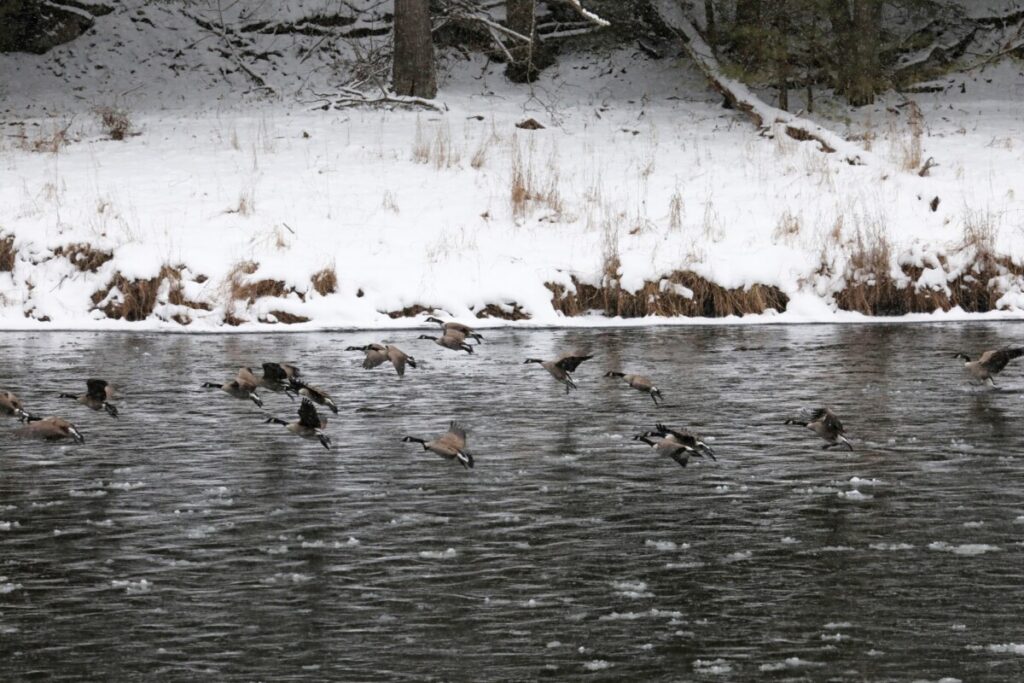
The typically northern species make their homes in Cook Forest and other wooded areas along the Clarion River, as well as throughout State Game Lands 24 and 283. Driving or walking the trails through here, the songs of blackburnian, black-throated green, and magnolia warblers drift down from the tops of huge white pine and hemlock, while hooded, Canada, and black-throated blue warbler song rings out from laurel and rhododendron thickets. Hermit thrush, winter wrens, brown creepers, golden-crowned kinglets, red-breasted nuthatches, blue-headed vireos, and Acadian flycatchers all make their homes here in the forest.
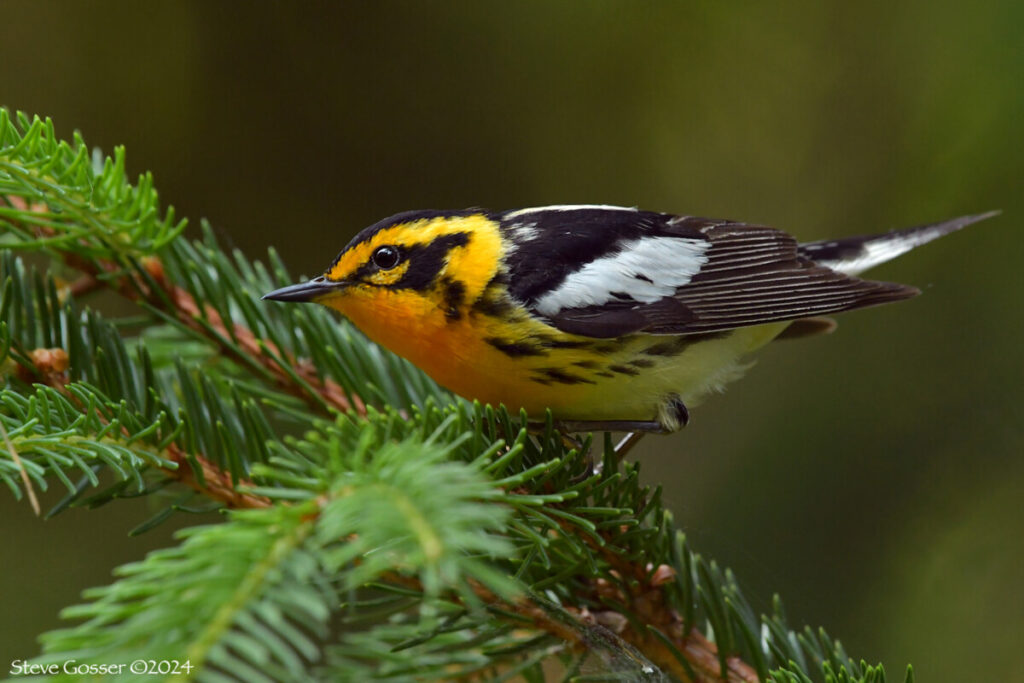
At Kahle Lake and Beaver Creek, waterfowl are most common during early spring and fall, with many different species making this a stopover on their migration routes. Ducks, such as ring-necked, ruddy, canvasbacks, and bufflehead, can be found, along with common loons, horned and pied-billed grebes, various gulls, and terns. In the summer, it is home to osprey and bald eagles, great blue and green herons, and spotted sandpipers nesting on the shoreline.
The five game lands that are scattered across the northern section of the county provide a great mix of habitats that are especially attractive in migration, with old meadows, both young and mature forests, shrubby fields, and old orchards. Small ponds and marsh areas attract shorebirds, rails and smaller waterfowl such as colorful wood ducks, teal and hooded mergansers.
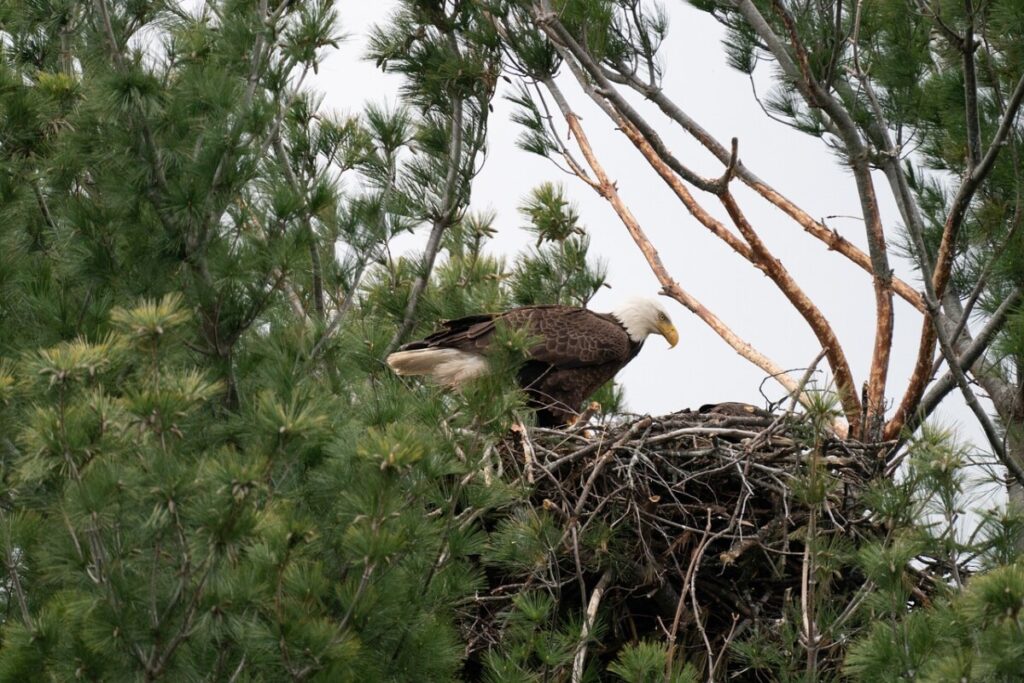
The waterways of Clarion in the southern part of the county are another prime birding spot for visitors. The Clarion River, from Cook Forest to the town of Clarion, is mostly accessible by kayak and boat. The calls of barred owls can be heard at night, bald eagles nest along the shores, and many of the northern bird species sing from the shoreline forests. Wood ducks and spotted sandpipers may be seen; in the fall at Millcreek Boat Launch, a common nighthawk migration count is held with members of Seneca Rocks Audubon Society present in the evening to record numbers of this declining species.
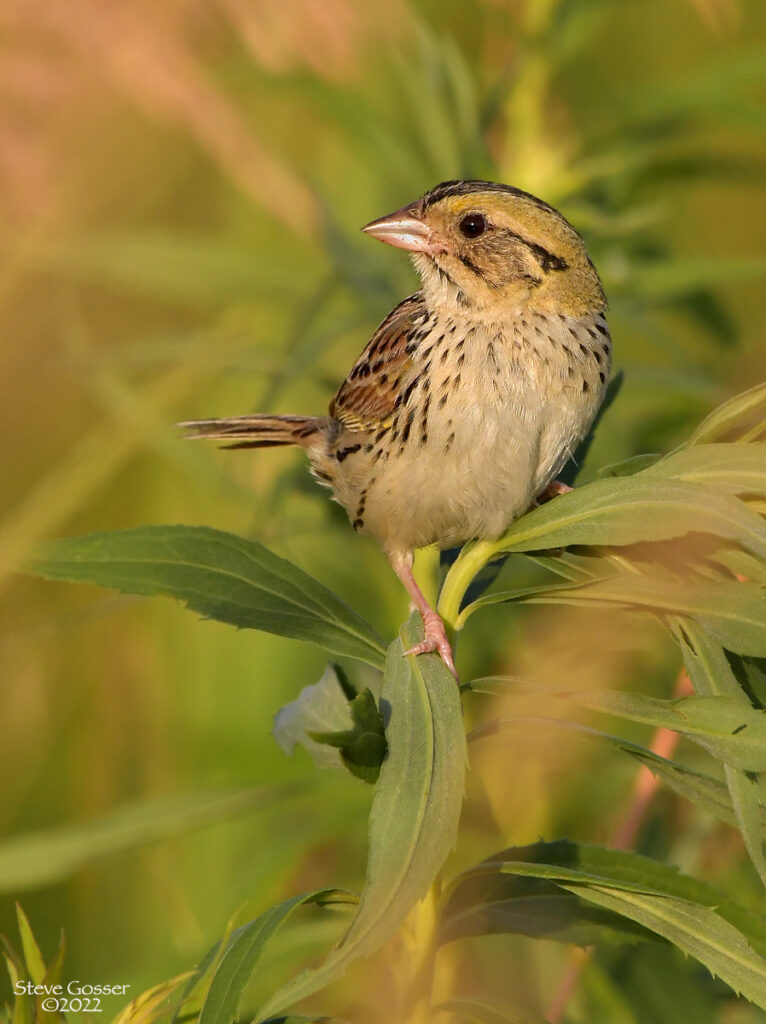
We are fortunate to have many miles of restored railways, now accessible trails, that are strongholds for other unique songbirds that make the scattered hemlock groves, oaks, and sycamores along the river their home. In the spring and summer, walking or riding the Armstrong and Redbank Valley Trail, the songs of cerulean, black-and-white, Kentucky, and worm-eating warblers can be heard from all around, as well as yellow-throated vireos, blue-gray gnatcatchers, and brilliant scarlet tanagers and Baltimore orioles. The downward lilting notes of the Louisiana waterthrush are common along the many small streams that enter into the main waterways, common mergansers float on the river and bald eagles and occasional osprey hunt from perches.
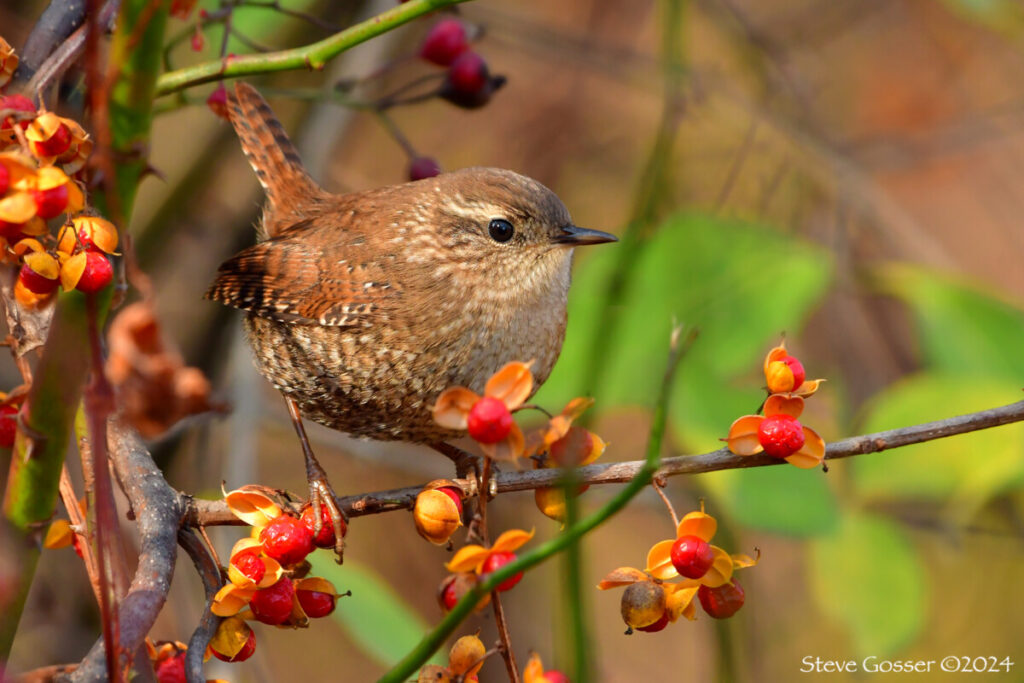
This is only a summary of the highlights Clarion County features for its birding. There are many winding back roads left to be explored. With lodging centrally located near the interstate, it is possible to see all the great birding areas without lengthy travel. Whether driving, kayaking, hiking, or biking, visit Clarion County to find the joy and peace of birding in this beautiful section of western Pennsylvania.
Written by Carole Winslow of the Seneca Rocks Audubon Society
- See recent bird spotting on eBird.org
- Nature programs are presented in the Clarion Free Library on the second Wednesday of the months, September through December, and March through June. Programs begin at 6:30 p.m. after a few announcements. These programs are open to the public.

